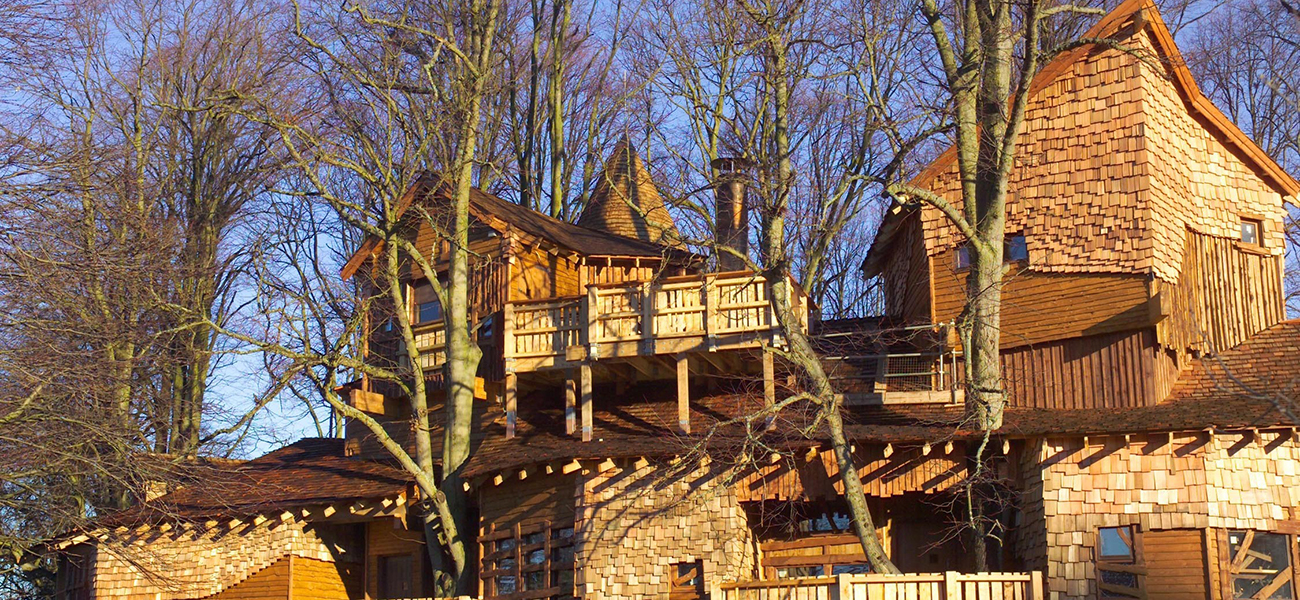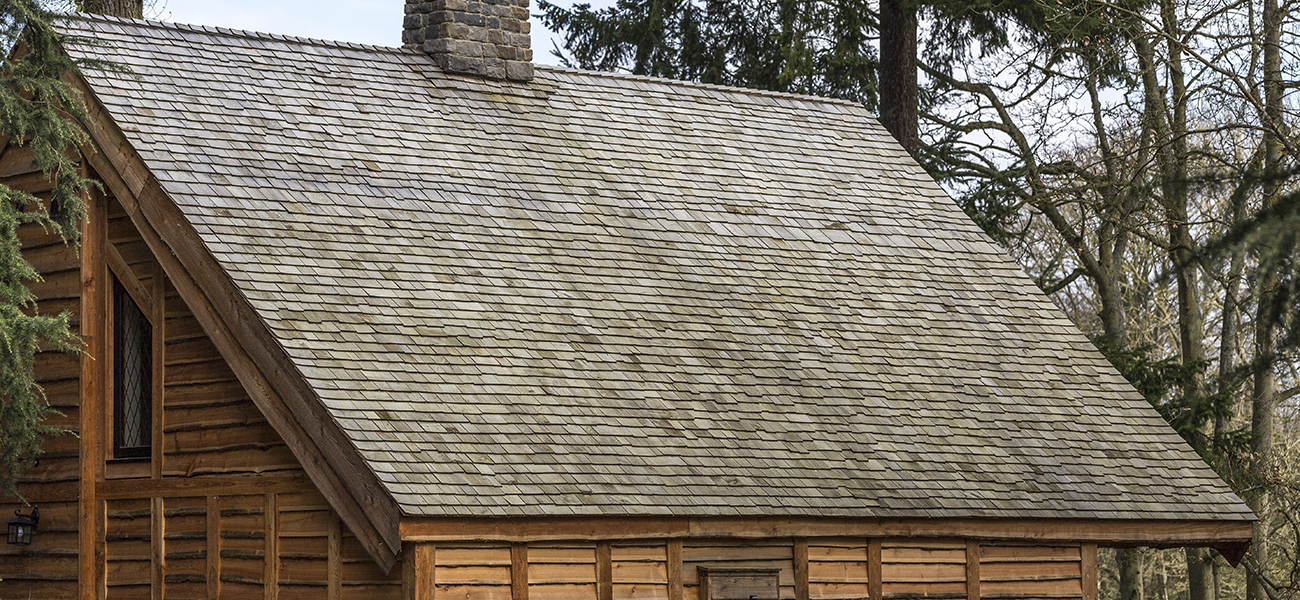Using shingles and shakes for building envelopes in sustainable building projects

Organisations and corporations are under obligation to seek greener, more socially responsible approaches to the design and procurement of buildings. Architects and designers are beginning to embrace integrated building design approaches to optimize sites and buildings for environmental
Key environmental factors in any build are ongoing energy consumption, material manufacture costs, durability and sustainability, installation/build costs including transport costs, and maintenance overheads.
The building envelope is an important design element in the specification of a project and one that if specified correctly can address in part the considerations highlighted.
A key component of the building envelope solution is the exterior material of the roof and walls. The exterior material acts as both a protective and decorative envelope for the structure and contents of a building, and can be constructed from a variety of different materials including metal sheets, pre-cast concrete slabs, uPVC, tiles, masonry, and timber.
The use of timber, and in particular timber shingles and shakes for building envelope solutions is becoming increasingly popular in both commercial and residential sectors due to the environmental benefits over alternative materials and their ability to be used to create buildings with stunning visual impact. Western red cedar shingles and shakes can deliver real carbon footprint savings, in terms of both the initial project cost and the full life cycle of a building.
Key considerations when specifying roofing materials for external envelope cladding are, heat transfer, weight, durability, sustainability, manufacturing and installation/ build.
Heating, cooling, and ventilation account for the largest amount of end-use energy consumption in both commercial and residential buildings. In the commercial sector they are typically responsible for between 30 and 40 per cent for energy used on site.
The efficiency of the building envelope directly effects the amount of energy required to maintain optimum room temperatures within a building.
The building envelope acts as a thermal barrier between the interior of the building and the outdoor environment. Minimising the transfer of heat through the building envelope is crucial for reducing energy usage for heating in cold climates – and cooling in hot climates.~
Marley uses only Western Red Cedar Shingles and Shakes. Due to the unique properties of this timber (low density and coarse texture) Western Red Cedar Shingles and shakes are recognised as the best thermal insulator amongst the commonly available softwoods. In addition the thermal properties are far superior to brick, concrete and steel. Its low thermal conductivity of K=0.1067 W/m°C at 12 per cent moisture content makes is a truly viable alternative, helping to keep buildings at optimum temperatures with reduced cooling or heating overheads.
Around 30 per cent of UK industrial energy is consumed annually in the manufacture and transport of building materials.
Shingles and shakes are a lightweight timber cladding solution. With the environment in mind, not only does this mean a reduction in transport costs, but more importantly the elimination of heavy masonry walls and roof tiling can produce significant weight savings, allowing foundation depths and widths to be reduced, with up to 20 – 40 per cent savings in below-ground costs.
The release of chemicals into the atmosphere from production processes has been linked to damage to the ozone layer and to other effects harmful to the environment. The manufacture and production of shingles and shakes has the lowest carbon footprints of any widely used roofing product, while their production also emits the lowest pollution levels of any roofing product.
Western Red Cedar is a naturally durable timber and is also resistant to frost. This makes it ideal to be used as cladding. With the addition of a finish or preservative treatment, cedar shingles have an anticipated service life of 40 – 60 years, depending upon the location and potential exposure to wetting. Once installed, shingles and shakes do not require any retreating. Shingles and shakes can therefore be considered as a viable long-term envelope solution with minimal maintenance requirements. Initial cost of installation should be evaluated against product lifespan and long term building energy savings to get a true measure of full lifecycle benefits.
Timber is a renewable and environmentally friendly raw material. It is widely recognised as a sustainable resource in comparison to other materials used for roofing cladding such as stone or metals. In additional it is reusable and biodegradable. Marley is a responsible and ethical supplier and only source fully accredited timber from responsible suppliers and all our shingles and shakes are PEFC accredited. Given that the growing of timber itself is beneficial to the environment, using sustainable timber as a building material can be seen to have positive long term environmental impact also.
Timber shingles and shakes can have a bright and vibrant finish or, alternatively, a natural appearance that compliments many other materials. They offer considerable design flexibility, and are easily adapted to both traditional and contemporary styles of building.
Marley was commissioned to supply hand split shakes and shingles for the construction of the one of the largest a tree houses in the world. The huge complex of buildings, linked by suspended walkways, scaled around 6,000 square feet. The project needed a particularly rustic feel, and showcases an example of how shingles and shakes can be combined to create a very unique design.
Examples of both traditional and contemporary styles can be seen within the shingles and shakes case studies section.
Disclaimer - The information shared in this blog is correct at the time of publication. Guidance, standards, and best practices may change over time, so if you’d like further clarification or the latest updates, please get in touch with the Marley Technical Advisory Team, who will be happy to help.
Category: Roofing Sustainability
